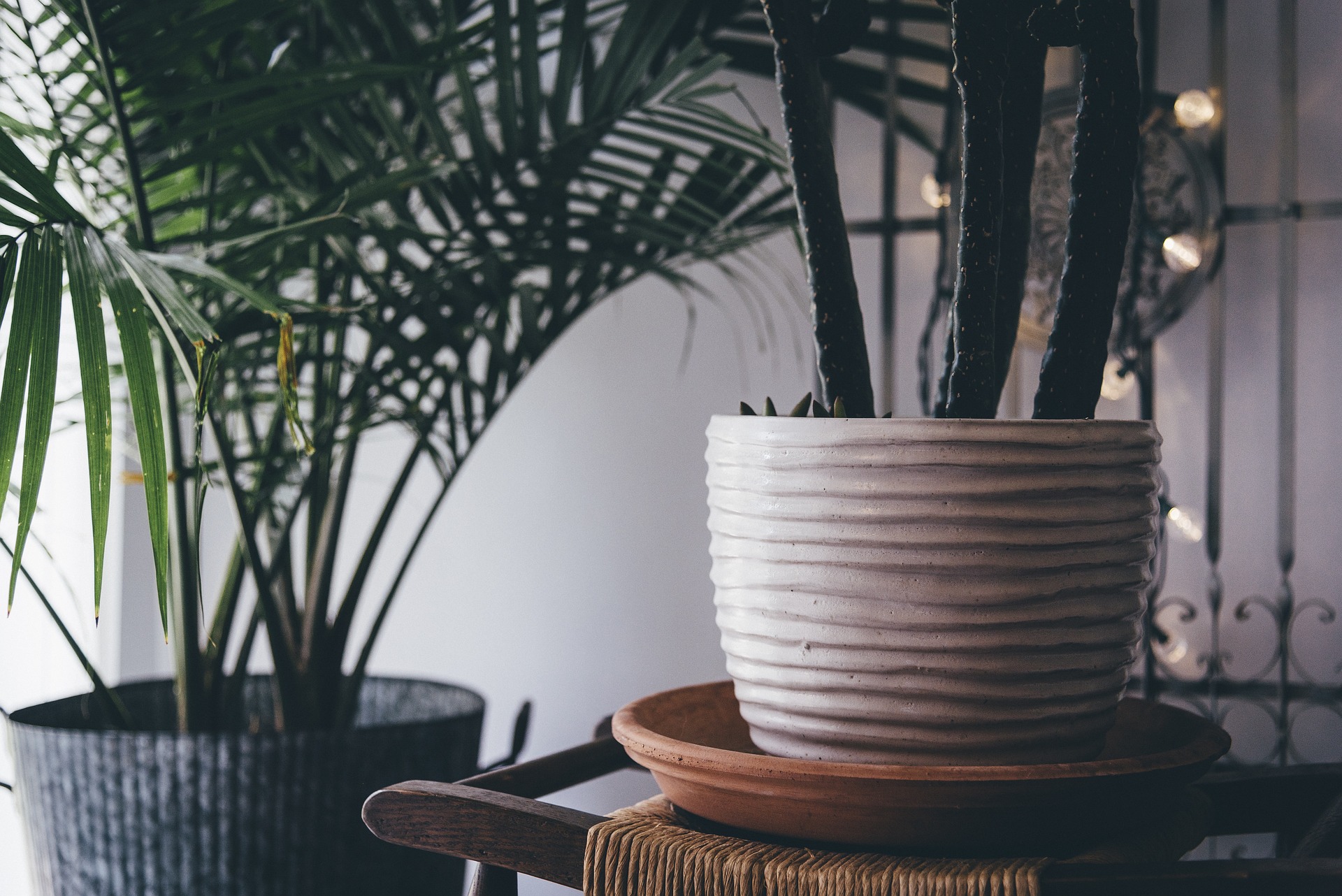Plants for Indoor Spaces: Improving Air Quality and Greenery
Houseplants and potted greenery have become common in homes and offices because they add texture, color, and a sense of calm to interior environments. Beyond aesthetics, many people consider plants for their potential to influence humidity, filter airborne particles, and improve perceived air freshness. This article explains how plants interact with indoor environments and how to choose and care for them to get the most benefit from leaves, light, and placement.
This article is for informational purposes only and should not be considered medical advice. Please consult a qualified healthcare professional for personalized guidance and treatment.
plants: roles in homes and offices
Plants serve several practical and aesthetic roles indoors. Visually, they break up hard surfaces and introduce natural patterns and colors that soften a room’s look. Functionally, their leaves and root systems influence local humidity and can help trap dust on surfaces. Plants also act as living decor that changes over time, which many people find mentally stimulating and reassuring.
Placement matters: grouping plants creates microclimates with slightly higher humidity, while solitary plants near vents or drafty windows may dry out faster. Consider the light, temperature, and traffic patterns of a room when deciding which plants to keep and where to position them.
indoor plants: choosing the right species
Selecting indoor plants depends on conditions like available light, your routine, and maintenance preferences. Low-light tolerant species such as snake plant (Sansevieria), pothos (Epipremnum aureum), and ZZ plant (Zamioculcas zamiifolia) suit spaces with indirect light. If you have bright, sunny rooms, succulents and citrus can thrive. For bathrooms or kitchens with higher humidity, ferns and spider plants perform well.
Also consider growth habit and leaf size. Plants with larger leaves provide more visual impact and a greater surface area for interaction with the immediate air, while compact or trailing plants work well on shelves and hanging planters. Match the plant’s growth rate and final size to the pot and space to avoid frequent repotting.
air quality: how plants contribute and their limits
Plants can influence indoor air quality in a few measurable ways, but their effects have limits. Through transpiration, plants release moisture into the air, which can slightly raise local humidity and make dry air feel more comfortable. Leaves and associated soil microbes can also capture certain volatile organic compounds (VOCs) and particulates on surfaces, though the scale of this effect in typical indoor settings is modest.
Scientific studies show that while plants can remove some airborne chemicals in controlled lab conditions, they are not a substitute for adequate ventilation, air filtration, and source control (reducing pollutant emissions). For meaningful changes to whole-room air quality, mechanical ventilation and HEPA filtration remain the primary solutions, with plants providing supplementary, localized benefits.
greenery: arranging and grouping for impact
How you arrange greenery affects both aesthetics and microclimate. Group plants of similar light and watering needs together to simplify care. Use varying pot heights, textures, and leaf shapes to create depth: tall plants with vertical form (like fiddle-leaf figs) pair well with trailing plants (like ivy) to create layered interest. Consider focal points such as window corners, empty shelves, or entryways where a cluster of plants can draw the eye.
Grouping also supports plant health—clusters humidify the surrounding air through collective transpiration, which can benefit moisture-loving species. Rotate plants periodically so leaves receive even light and prune spent leaves to maintain airflow and reduce the risk of disease.
leaves: care, cleaning, and signaling plant health
Leaves are the primary interface between a plant and its environment. Healthy leaves indicate proper light, water, and nutrients. Signs such as yellowing, browning tips, or limp leaves often point to overwatering, underwatering, low humidity, or insufficient light. Dust accumulation on leaves reduces a plant’s ability to photosynthesize efficiently, so gentle cleaning helps maintain both appearance and function.
To clean leaves, use a soft cloth dampened with water or mild soapy water for tougher grime; avoid harsh chemicals. For plants with many small leaves, a light shower or misting can remove dust. Regular inspection of leaves also helps detect pests early—treat infestations promptly with appropriate mechanical removal or horticultural controls.
maintenance basics and seasonal considerations
Successful indoor plant care follows a few steady habits: match plants to light, water according to species needs rather than a set schedule, and refresh potting mix and fertilizer seasonally. In winter, many plants need less water and reduced feeding because growth slows. Conversely, spring and summer typically require more frequent watering and occasional repotting as roots expand.
Monitor seasonal light changes because indoor light intensity can vary substantially between summer and winter. Move plants closer to windows during darker months if practical, but be mindful of cold drafts. For long-term health, periodically repot into slightly larger containers and top up with fresh potting mix to replenish nutrients and improve drainage.
Conclusion
Plants offer a combination of visual appeal and modest environmental benefits when integrated thoughtfully into indoor spaces. Understanding species-specific needs for light, water, and humidity, and paying attention to leaves as indicators of health, will help you maintain thriving greenery. While plants can contribute to local comfort and surface-level air interactions, they work best alongside proper ventilation, cleaning, and routine maintenance to support a healthy indoor environment.







